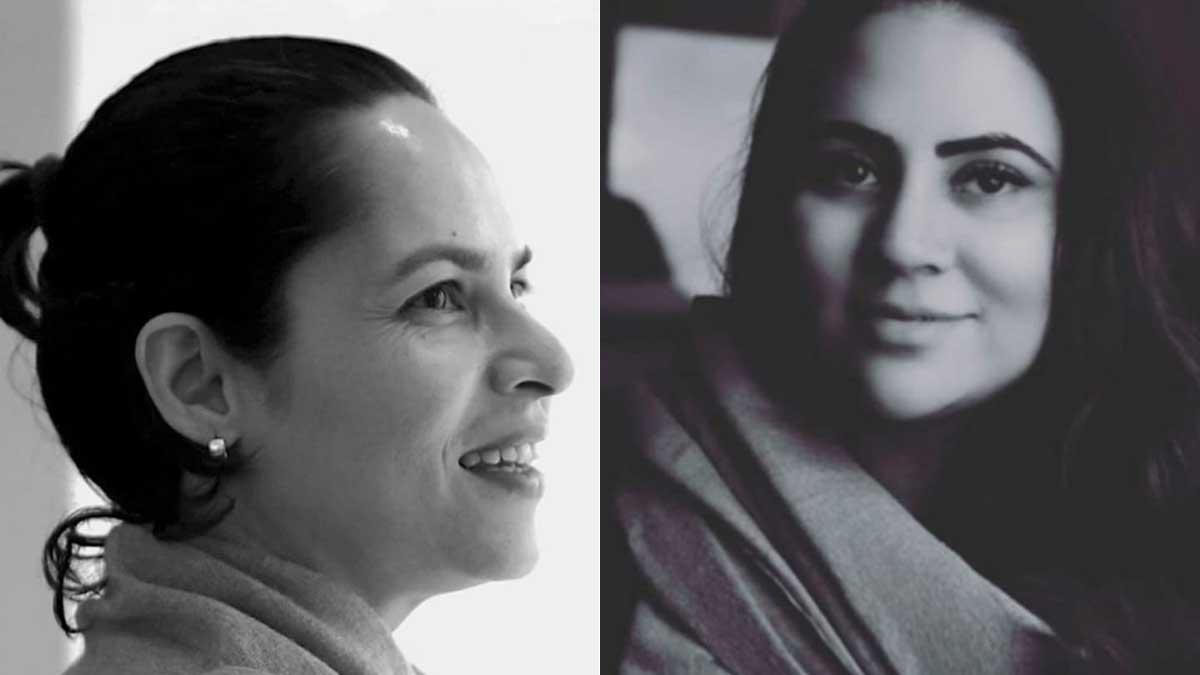Two Pakistani, Ayessha Quraishi and Marium Agha have made it to the final round of South Asia’s leading art prize, The 2022 Sovereign Asian Art Prize. They were nominated from over 400 entries. The finalists came from 16 countries and regions all over Asia-Pacific, of which Hong Kong has the biggest representation, then came China, Iran, Singapore, and Vietnam.
The 40-year-old contestant Marium Agha has completed a BFA from Indus Valley School of Art and Architecture and an MFA from the University of the Arts London, Central Saint Martins, London.
The outlet shares that Marium “by surveying the relentless nature of love for over a decade through images, theory, and the self, the artist finds a safe process in deconstructing elements of popular culture which no longer validate contemporary sensibilities.”
Read more: Pakistani VFX artist praised online for recreating ‘Shang-Chi’ fight scene
Moreover, “Agha’s deconstructed tapestries, drawings, and text serve to create newer, relevant narratives of the ‘given real’, that is, love, and the supposed representational: the concupiscence of the flesh.”
Explaining her extraordinary artwork, the finalist commented, “Created using found tapestries from a Karachi flea market, Agha has deconstructed the fabric and altered the weave to create a new narrative. Each thread is then meticulously carved into the existing surface with an “ari” (embroidery needle).”
Meanwhile, the second qualifier for Sovereign Art Prize 2022, Ayesha aged 52, works in a way natural to her since childhood, her process looks like braille.
“Quraishi’s hands perform two roles simultaneously, the right applying color to the surface while the left removes it with a turpentine-soaked rag. This series of repeated hand gestures and motions results in a visceral language of sequential mark marking. The duality between form and formlessness, making and un-making, adding and subtracting, explores themes of memory, absence and presence, separation and union,” the outlet mentioned.
It added, “The day could not pen what the night painted, encapsulates the artists’ belief that the day and night are strung through a continuum of breaths; we have no memory of sleep, sensory experience, or recording. During sleep, we are not aware of sleeping, and only upon waking do we realize we have slept. In the absence of a sensory register, the body finds rest. According to Quraishi, just as the day rests in the lap of night and its volumed emptiness, our perceptions, varnished by the light of consciousness, come to rest not in conclusions but imaginings of what life could be.”





















